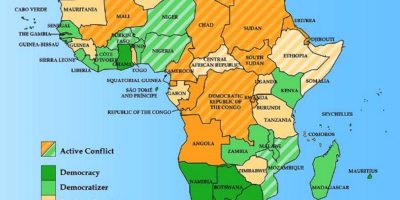Three recent African trials support male circumcision for reducing the risk of contracting HIV in heterosexual men. After including new data from these trials in their review, Cochrane Researchers have changed their previous conclusions that there was insufficient evidence to recommend circumcision as an intervention to prevent HIV infection in heterosexual men.
“Research on the effectiveness of male circumcision for preventing HIV in heterosexual men is conclusive. No further trials are required to establish that HIV infection rates are reduced in heterosexual men for at least the first two years after circumcision,” says lead researcher Nandi Siegfried, Co-director of the South African Cochrane Centre at the South African Medical Research Council.
“Policy makers can consider implementing circumcision as an additional measure into HIV prevention programmes.” Circumcision may help to protect against HIV by removing cells in the foreskin to which the virus is specifically attracted. Called Langerhans cells, they display receptors that enable HIV entry. Previous non-randomised studies investigated the association between circumcision and HIV, but until now, Cochrane researchers have been unable to make strong recommendations for the intervention due to a lack of high quality evidence gained from randomised clinical trials.
The clinical trials included in the review took place in South Africa, Uganda, and Kenya between 2002 and 2006, and included a total of 11,054 men. The results show that circumcision in heterosexual men significantly reduces their risk of acquiring HIV by 54% over a two year period, compared with uncircumcised men. This reduced risk is the best estimate of the average effect and the researchers report that the true risk will be reduced by between 38 to 66%. Further research, however, is required to establish whether male circumcision offers any benefit to women partners of circumcised men and homosexual men.
The researchers warn that policy makers also need to think about the culture and environment in which circumcision is carried out. “In many countries, male circumcision is practiced as part of the rites of initiation by traditional healers who are not trained in aseptic surgical techniques. So adverse events following traditional circumcisions can be high,” says Siegfried. – MRC
Reference: Siegfried N, Muller M, Deeks JJ, Volmink J. Male circumcision for prevention of heterosexual acquisition of HIV in men. Cochrane Database of Systematic Reviews 2009, Issue 2. Art. No.: CD003362. DOI: 10.1002/14651858.CD003362.pub2. www.mrc.ac.za


















